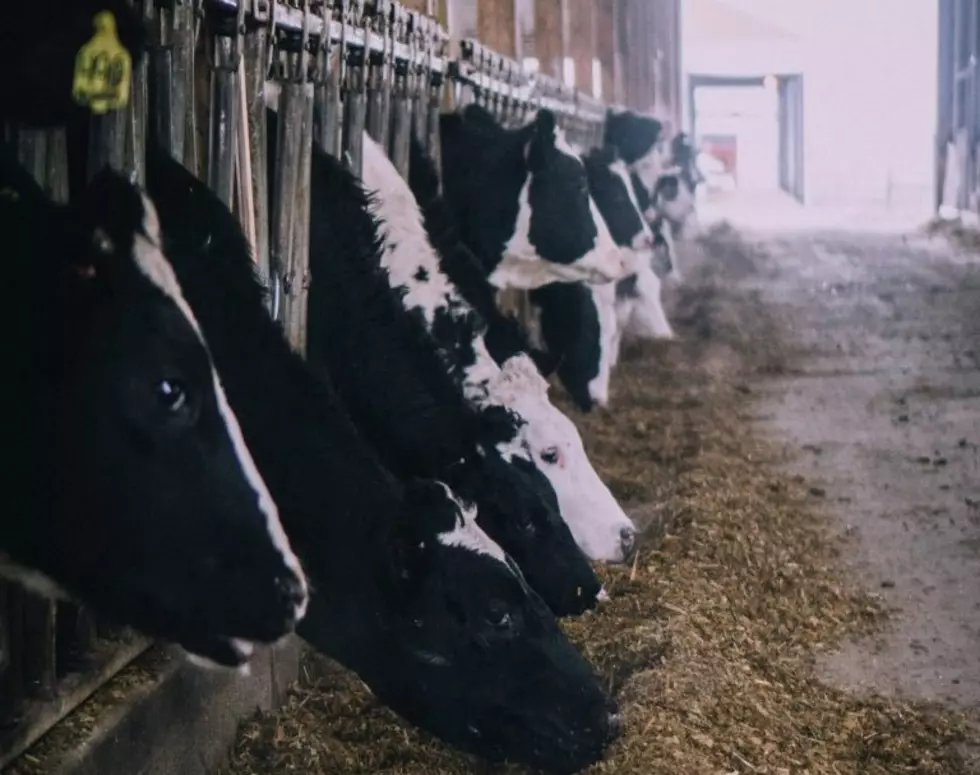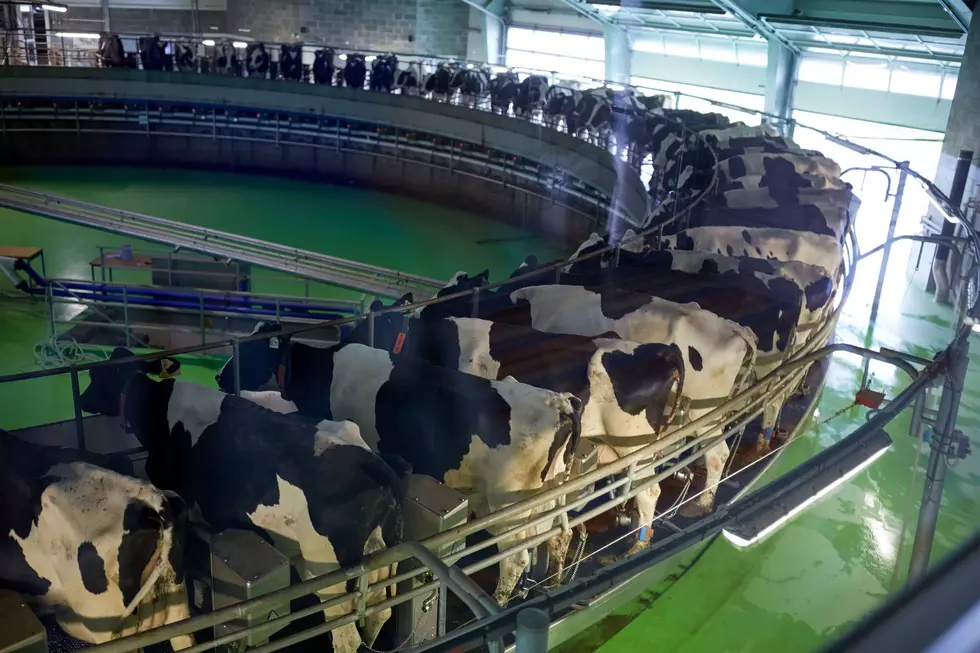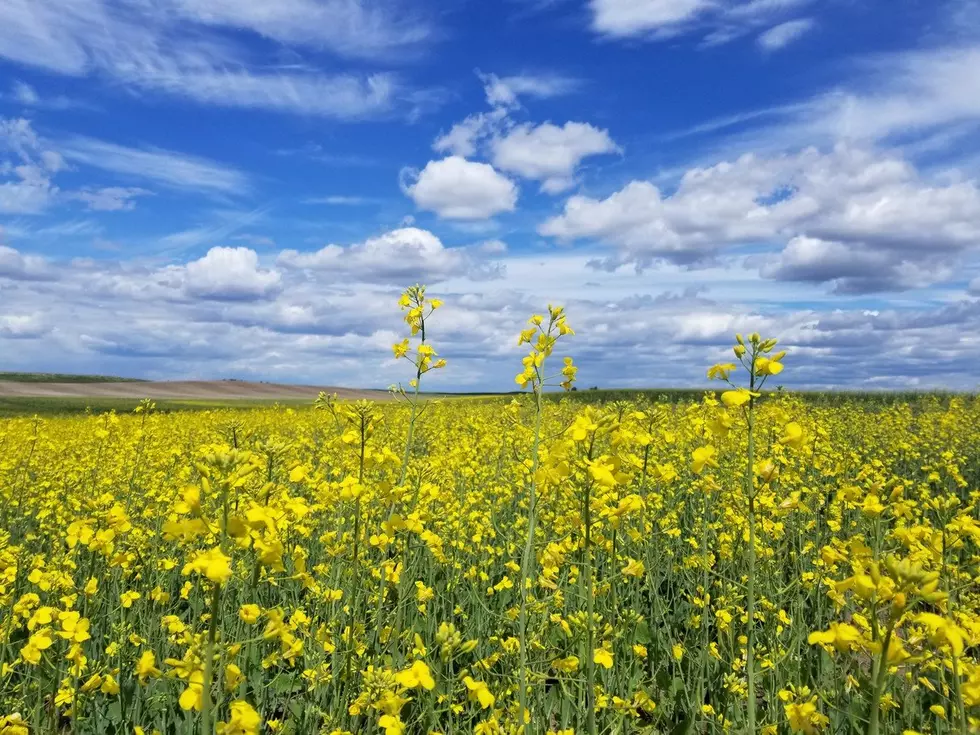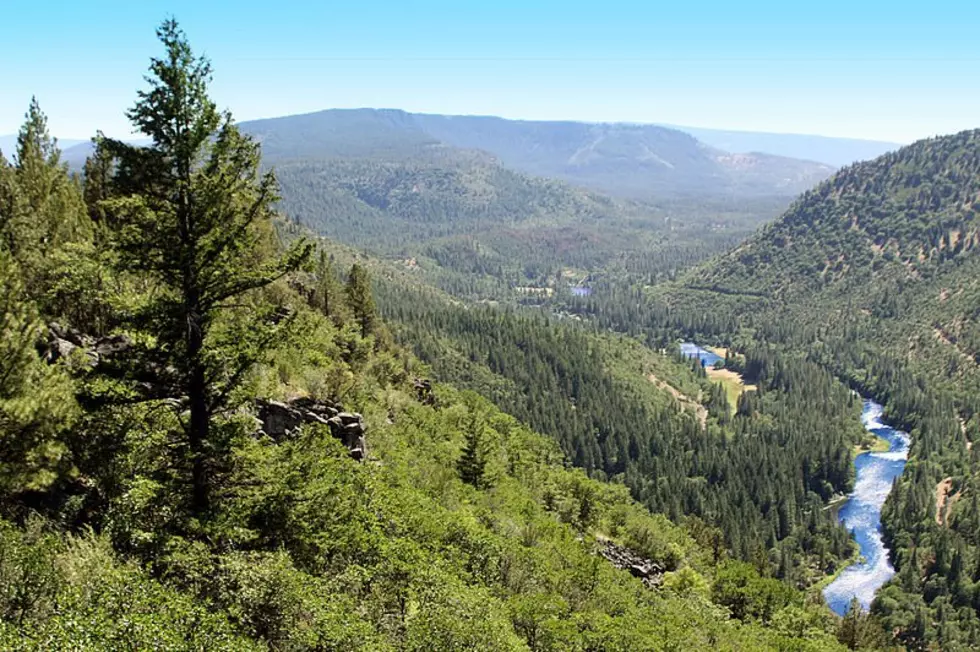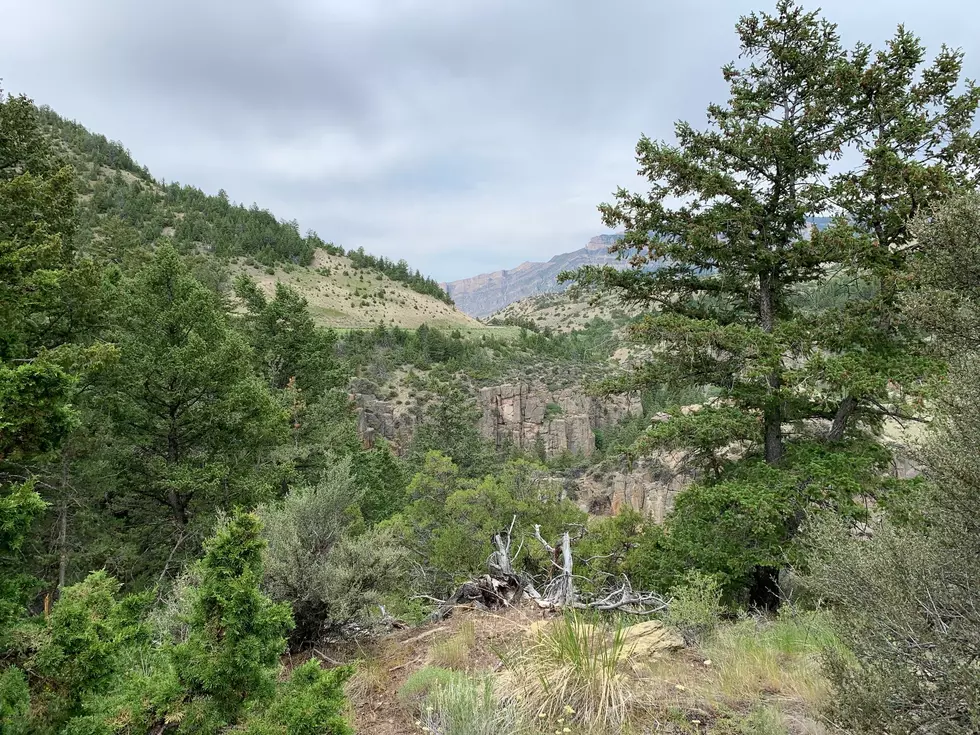
Leaves May Not Handle Heat As Well As First Thought, OSU Professor Says
A new study out of Oregon State University shows leaves in forest canopies may not be as resistant to climate change as once thought. OSU Professor Christopher Still used thermal cameras mounted in forests around the country and in Panama. His research shows canopy leaves warm faster than the air, impacting their ability to perform photosynthesis.
“A long-term answer is to cut emissions as much as we can to mitigate climate change in the present. And I think the use [for this study] will be adding this into our understanding, trying to project what happens in the future to forests. Using these more complicated models to project what may happen ten, 20, 30, 40 years down the line as the climate changes and the amount of carbon dioxide in the atmosphere changes."
He said foliage die-offs recorded after Oregon’s 2021 heat dome are a prime example of how quickly trees can be impacted by extreme heat. He noted there is no easy solution.
“Where you can actually irrigate them, like orchards, that is certainly very helpful. But for most natural forests, it’s tricky to figure out what it is that we can do in the face of these heatwaves."
Thinning, Still pointed out, was once thought to help reduce trees' competition for water, but he said depending on the kind of forest, and all that, that opens up the canopies a lot more and, in some cases, they may heat up more than they were before.
If you have a story idea for the PNW Ag Network, call (509) 547-1618, or e-mail glenn.vaagen@townsquaremedia.com
More From PNW Ag Network




